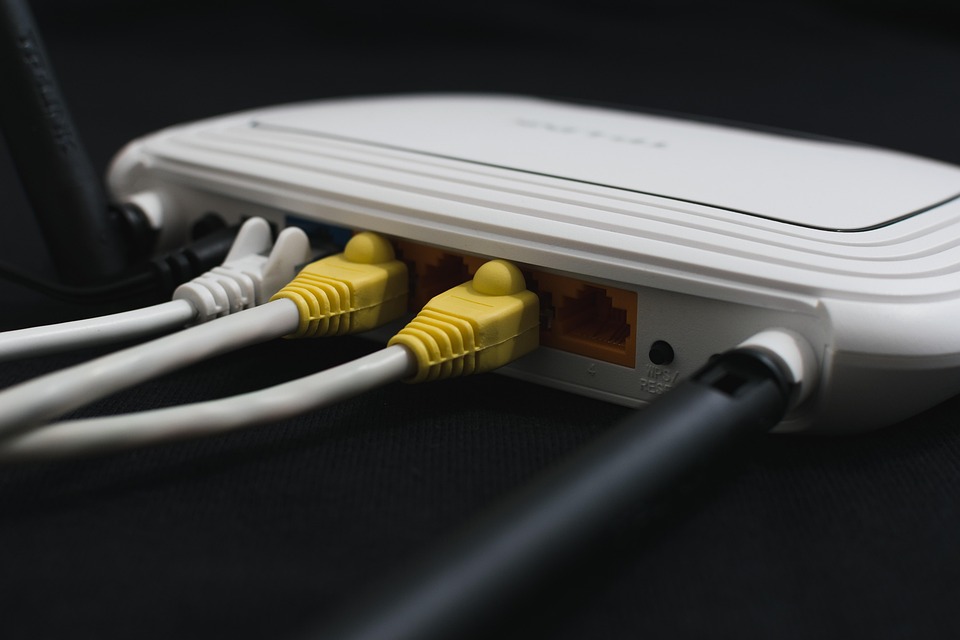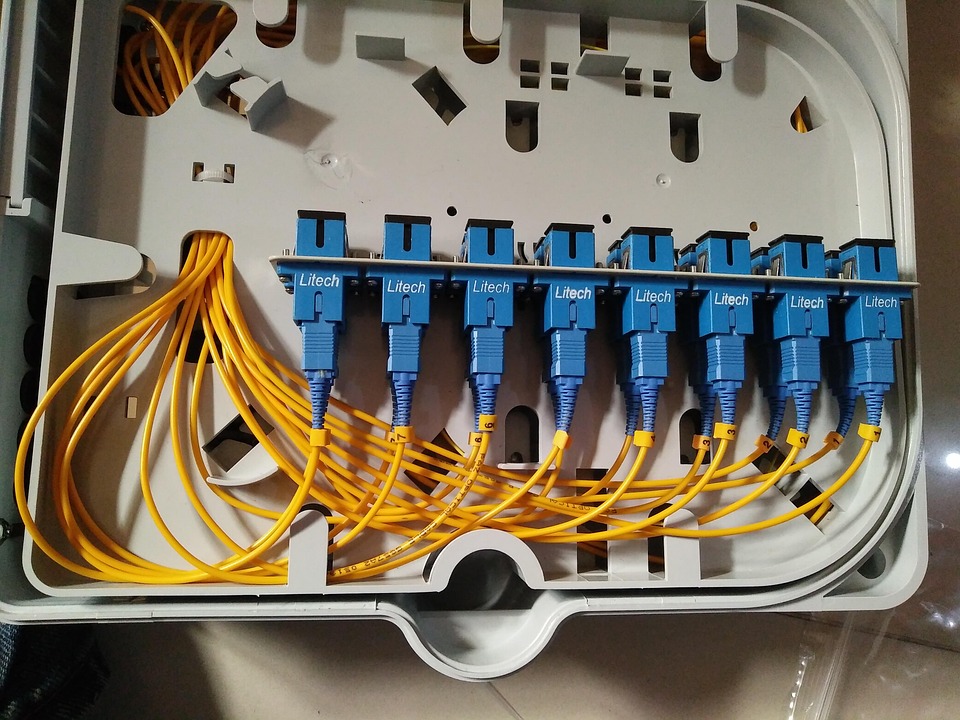The following is about ChinaCommunication equipmentA detailed analysis of exporting to Vietnam, intended to assist companies exporting communication equipment:

Analysis of Export Status
Market Position
Vietnam is a key export market for China’s communication equipment, particularly in the mobile-phone and component sectors. However, Vietnam imposes higher import tariffs on communication equipment (such as telephones and communication devices) than other RCEP member countries, which may create a risk of shifting export shares.
Competition and Challenges
- 優(yōu)位性: Chinese communication equipment has captured Vietnam's mid-range market with its high cost-performance ratio, and the development of 5G technology is bringing new opportunities.
- 劣勢(shì): The rise of Vietnam's domestic manufacturing industry has created competition with China in the field of electromechanical products; restrictions on the import of used equipment are stringent (equipment over 10 years old is prohibited from import).
Required documents
1. Basic Documents
- Export customs declaration documents: Export customs declaration, commercial invoice, packing list, contract, bill of lading, certificate of origin (e.g., FORM E).
- Additional files for old devices: Equipment Inspection Report, Used Equipment Appraisal Certificate, User Manual, Maintenance Records, Nameplate Photos.
2. Certification-related documents
- MIC Certification Documents: Technical specifications, circuit diagrams, test reports, label information, power of attorney.
- その他の認(rèn)証: CE certification, RoHS certification (some equipment must comply with EU standards).

Regulatory Certification
1. Vietnam MIC Certification (Mandatory)
適用範(fàn)囲: Wireless communication devices (mobile phones, routers, Bluetooth devices, etc.).
要求:
- Compliant with electromagnetic compatibility (EMC), radio-frequency performance, and safety standards (QCVN/TCTN series).
- Must be held by a local Vietnamese company or agent; the test report must be issued by an accredited laboratory.
2. Other regulations
legacy equipment: Equipment less than 10 years old must undergo quality certification; import of used household appliances is prohibited.
RCEP Rules of Origin: To enjoy tariff preferences with the FORM E certificate, the regional value content must be ≥40%.
Common Mistakes in the Export Process
1. Missing or mismatched documents
- Missing MIC certification, old-equipment appraisal certificate, or discrepancies between document information and the actual item.
- The certificate of origin was not properly completed (e.g., the regional value content was calculated incorrectly).
2. Incorrect HS code
- Incorrect classification of the HS code for communication equipment led to miscalculated tariffs or inspection delays.
3. Certification Violation
- The wireless device has not obtained MIC certification, or its certification has expired.
4. Packaging and Labeling Issues
- Solid-wood packaging not fumigated, incomplete label information, or marks inconsistent with the documents.
5. Legacy Equipment Exceeds Limits
- Concealing the equipment’s years in service (e.g., over 10 years) or failing to provide complete maintenance records.

概要
- Advance certification planning: Wireless devices must apply for MIC certification as early as possible, with the assistance of a local agent.
- Rigorous document review: Ensure the files for used equipment are complete, and that HS codes and rules of origin are applied accurately.
- 政策の変化に注目する: Vietnam may update its technical standards (e.g., QCVN 65:2021), requiring timely follow-up.
The above information is compiled from Vietnamese customs regulations and practical experience. It is recommended that exporters work with professional agents or certification bodies to minimize compliance risks. If you need agency services for your exports, feel free to contact us!


 カスタマーサービスWeChatをフォローしてください
カスタマーサービスWeChatをフォローしてください